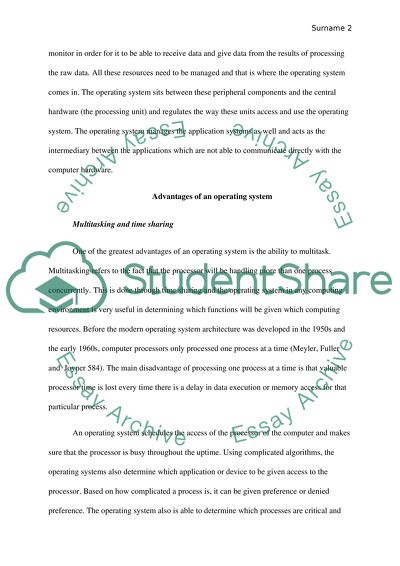Cite this document
(“Operating system Essay Example | Topics and Well Written Essays - 1000 words”, n.d.)
Retrieved from https://studentshare.org/information-technology/1486660-operating-system
Retrieved from https://studentshare.org/information-technology/1486660-operating-system
(Operating System Essay Example | Topics and Well Written Essays - 1000 Words)
https://studentshare.org/information-technology/1486660-operating-system.
https://studentshare.org/information-technology/1486660-operating-system.
“Operating System Essay Example | Topics and Well Written Essays - 1000 Words”, n.d. https://studentshare.org/information-technology/1486660-operating-system.


